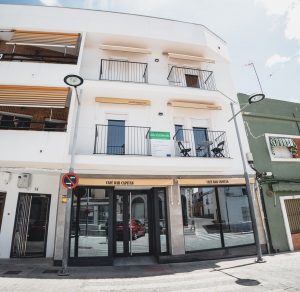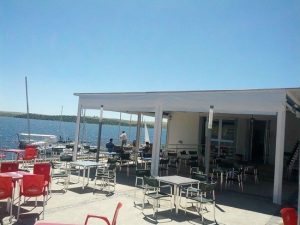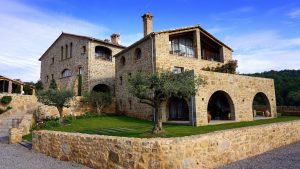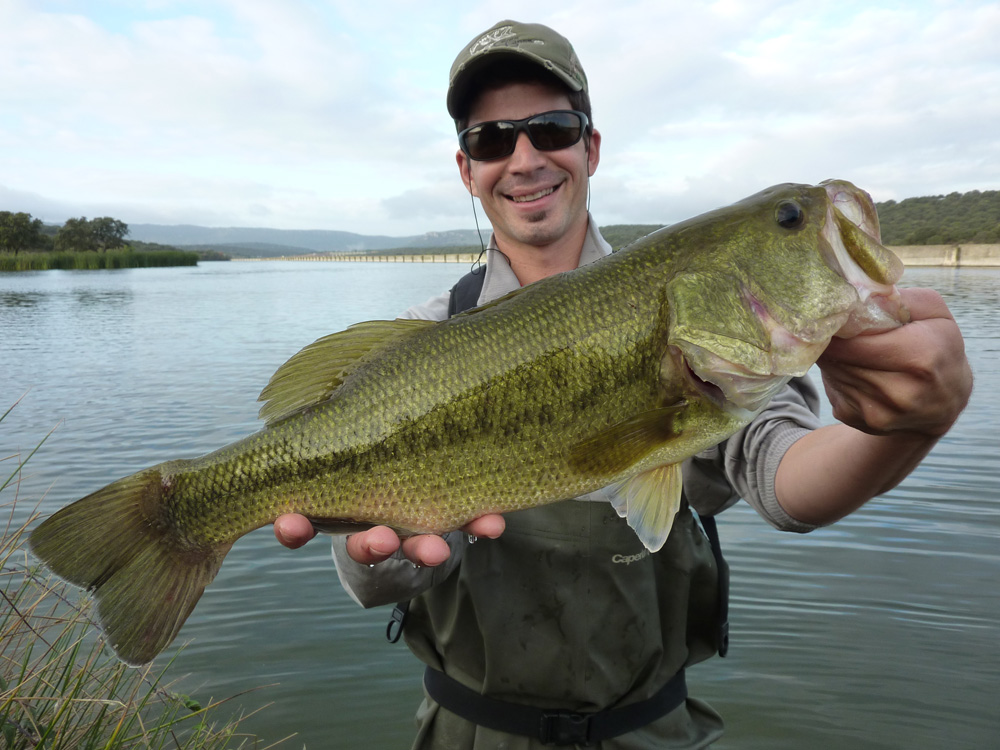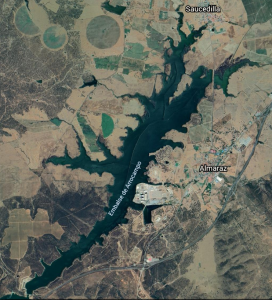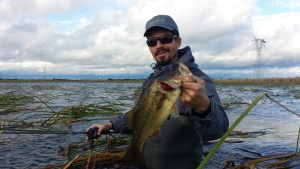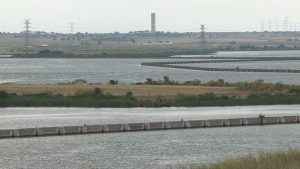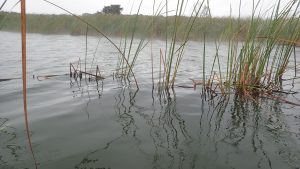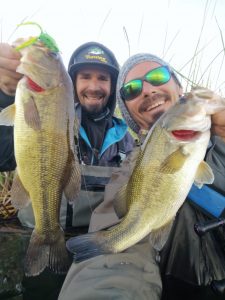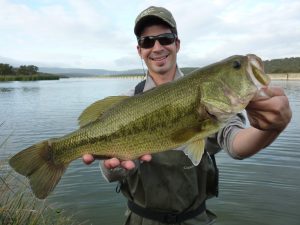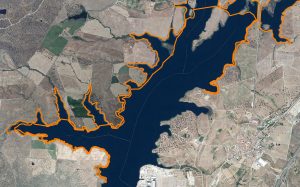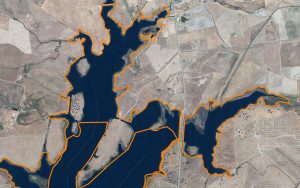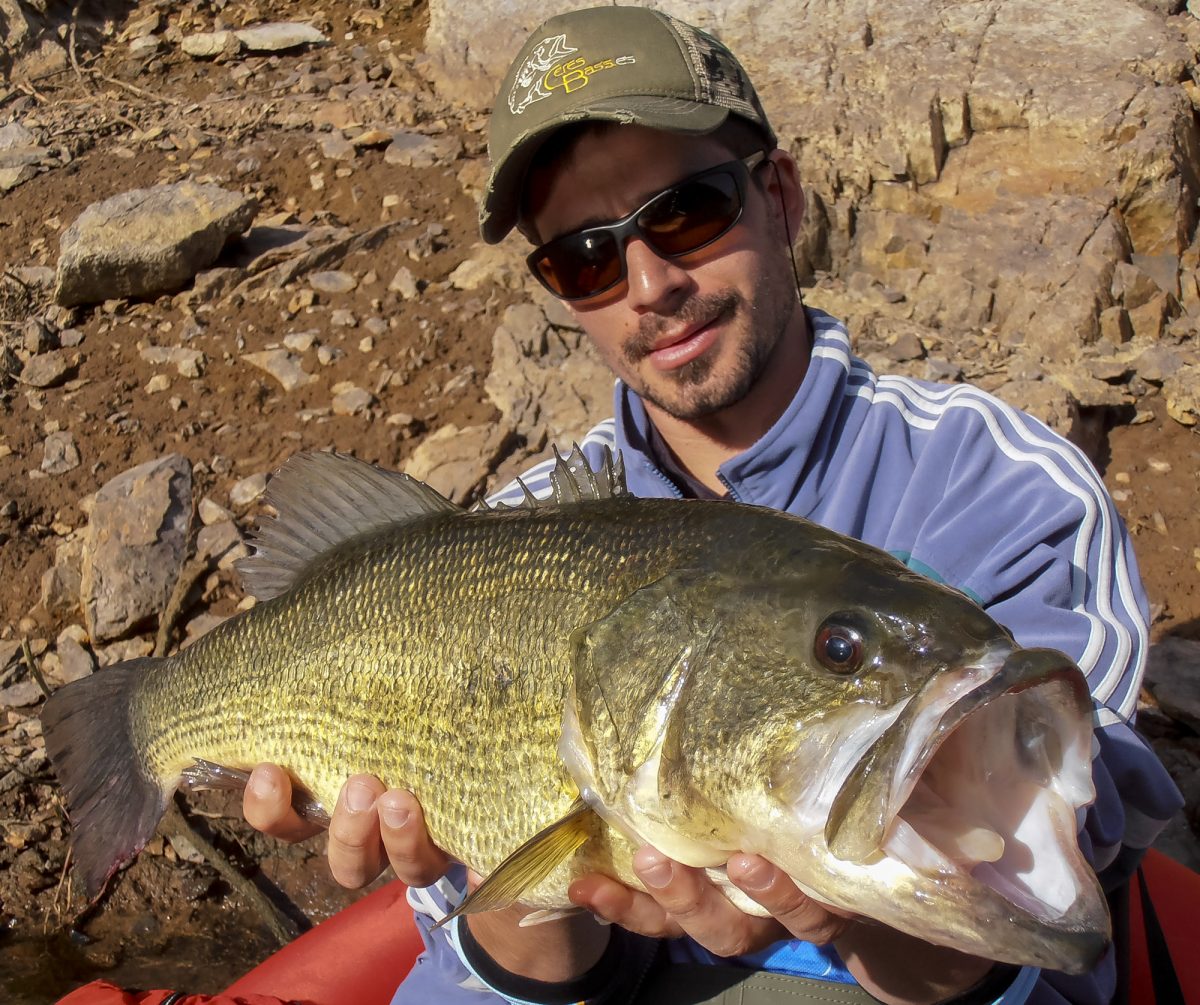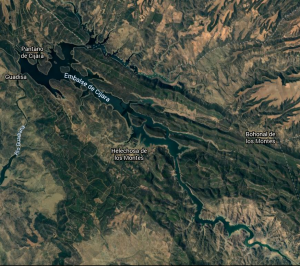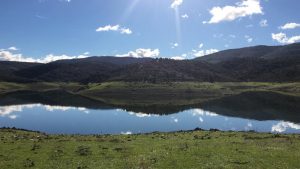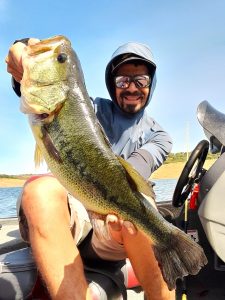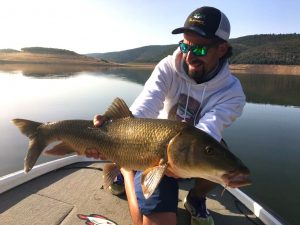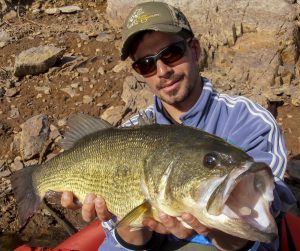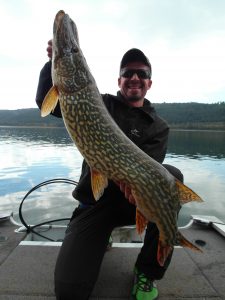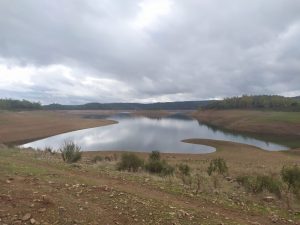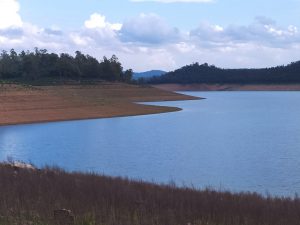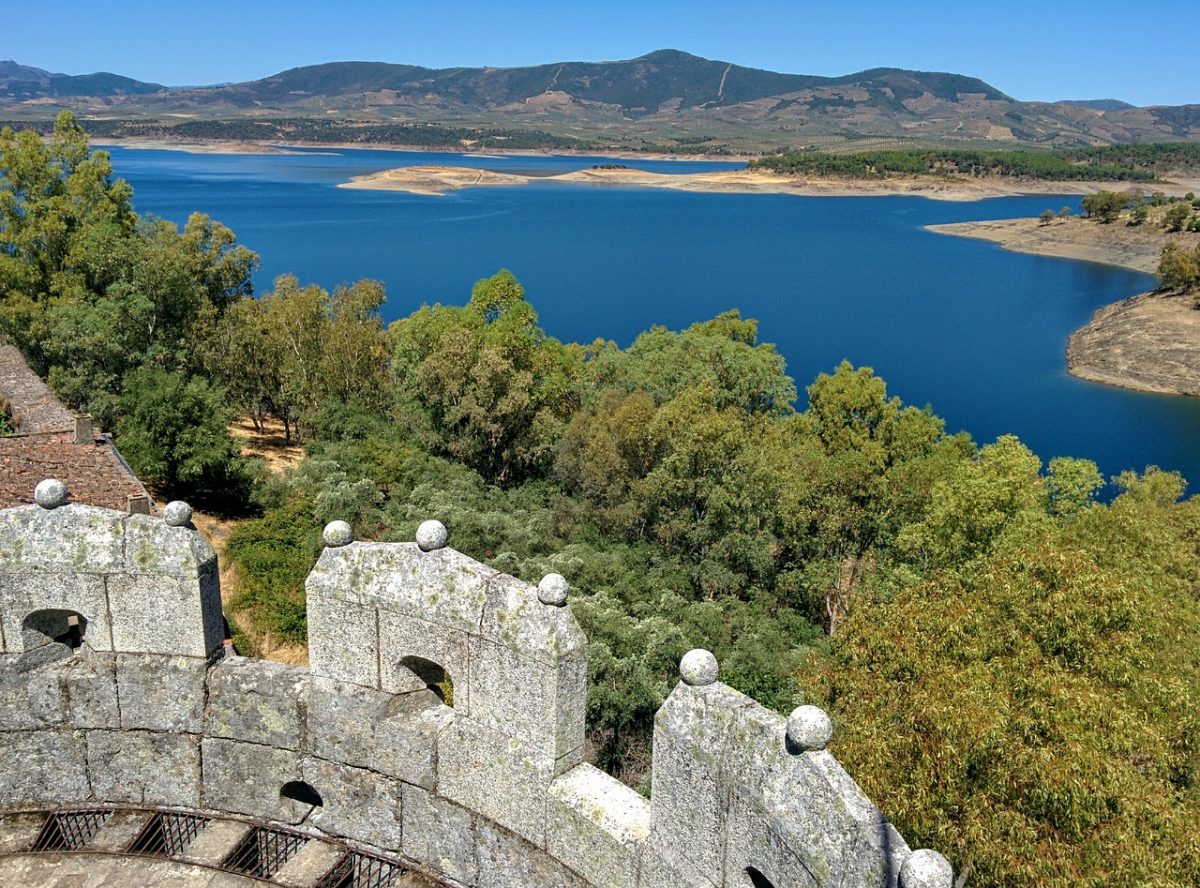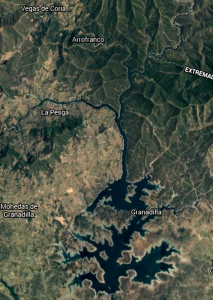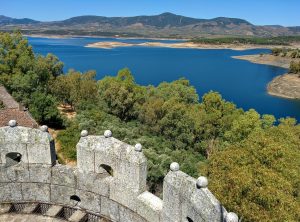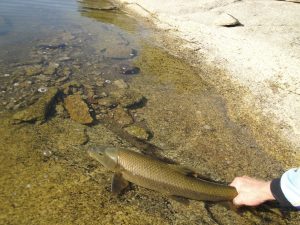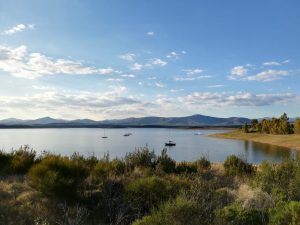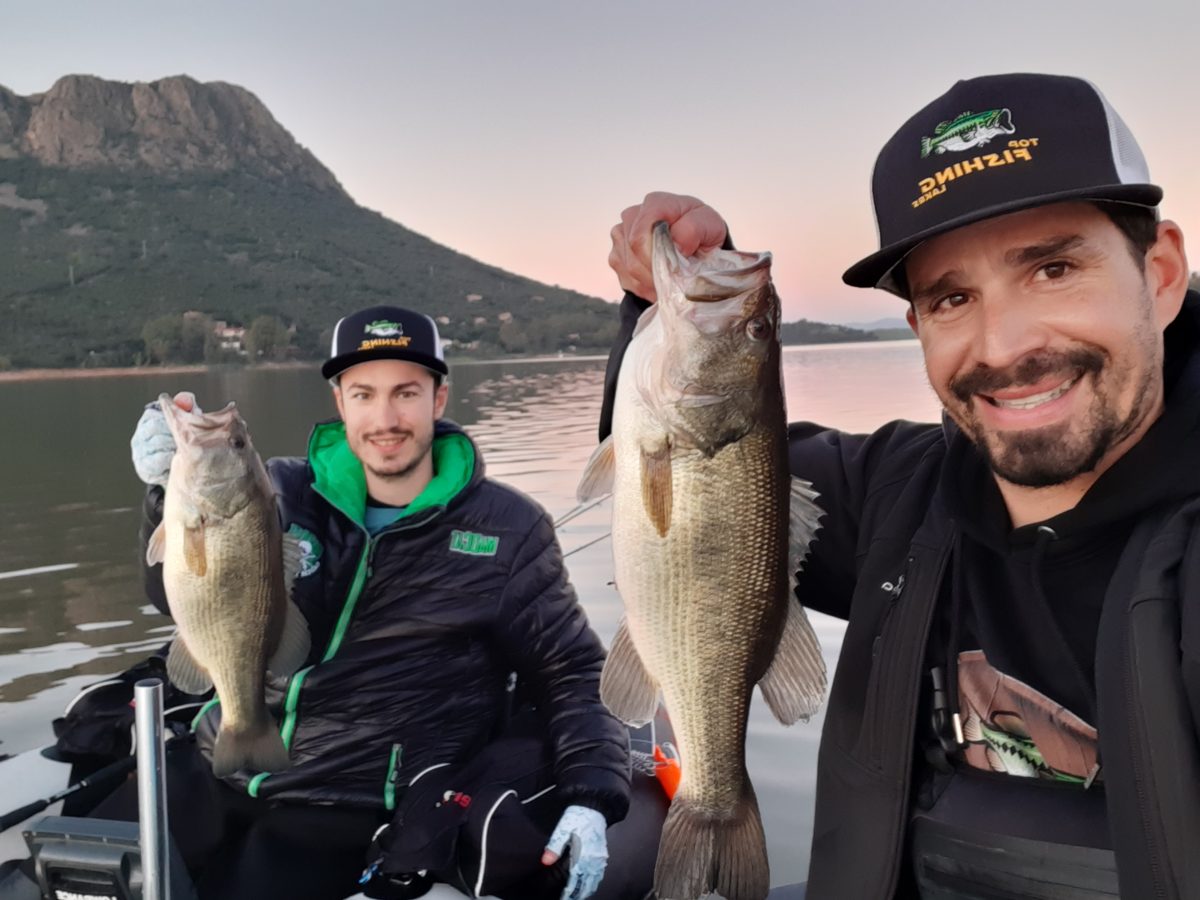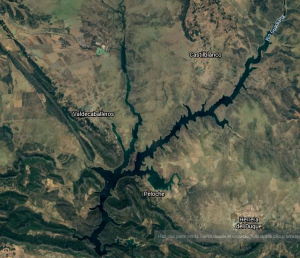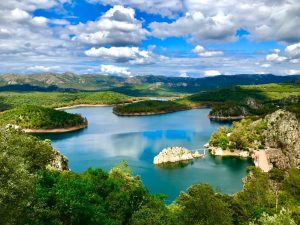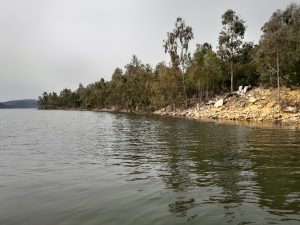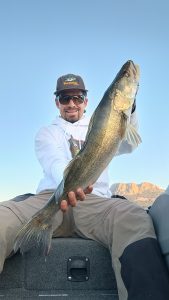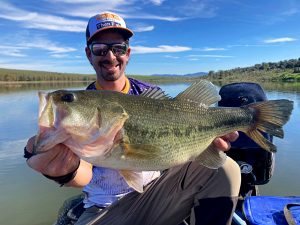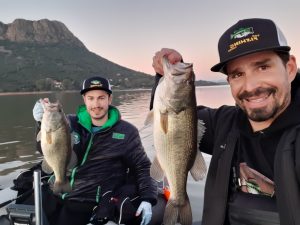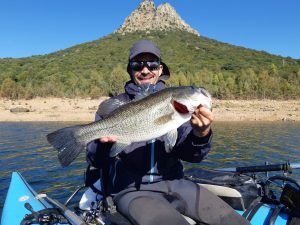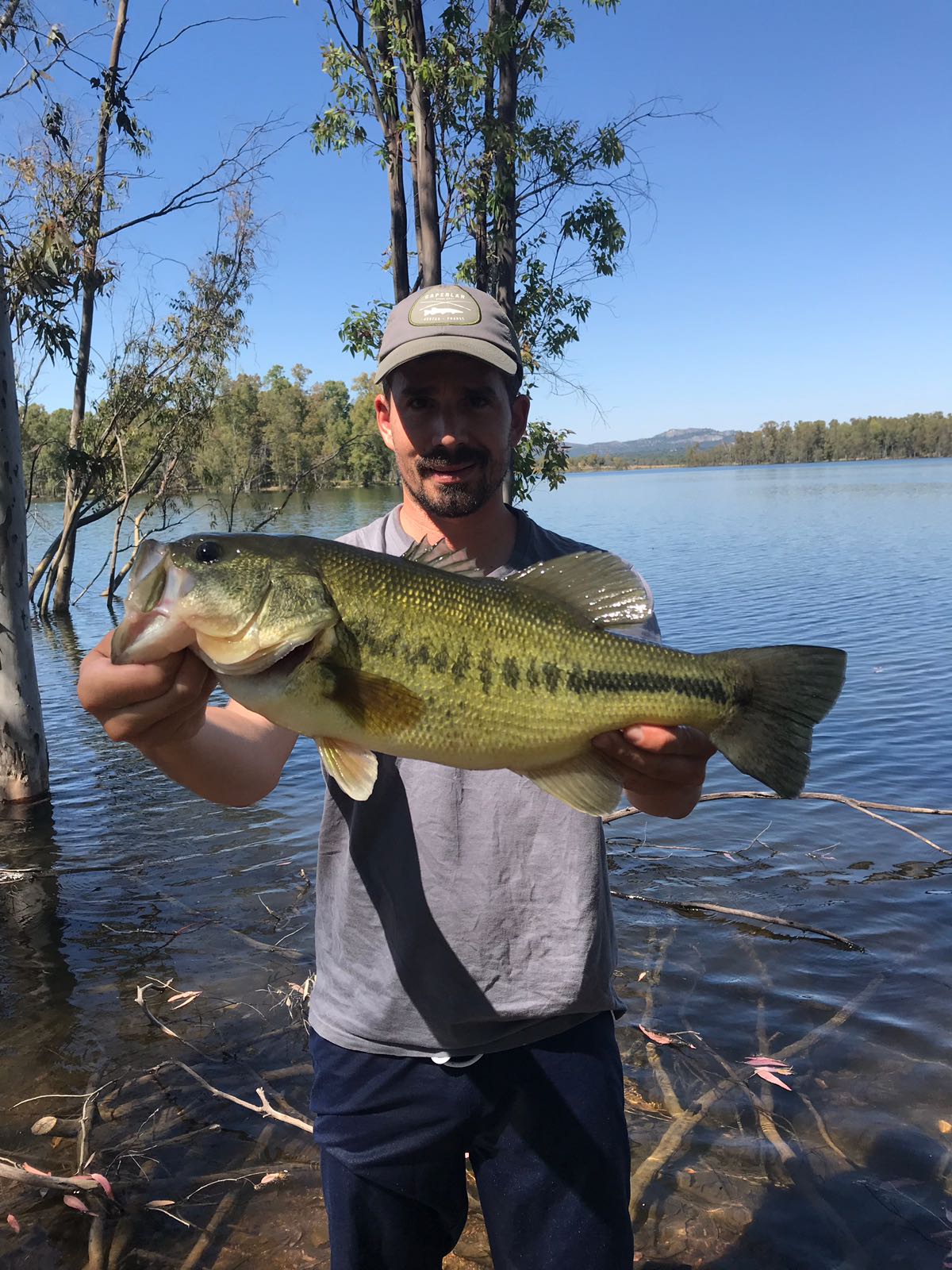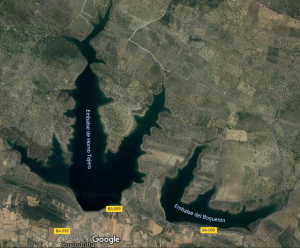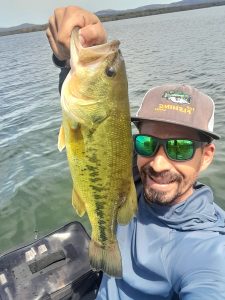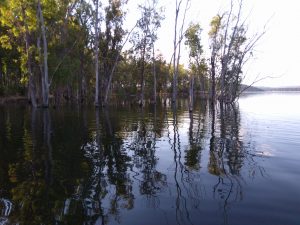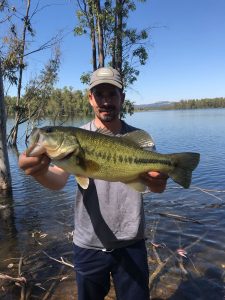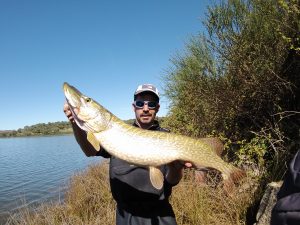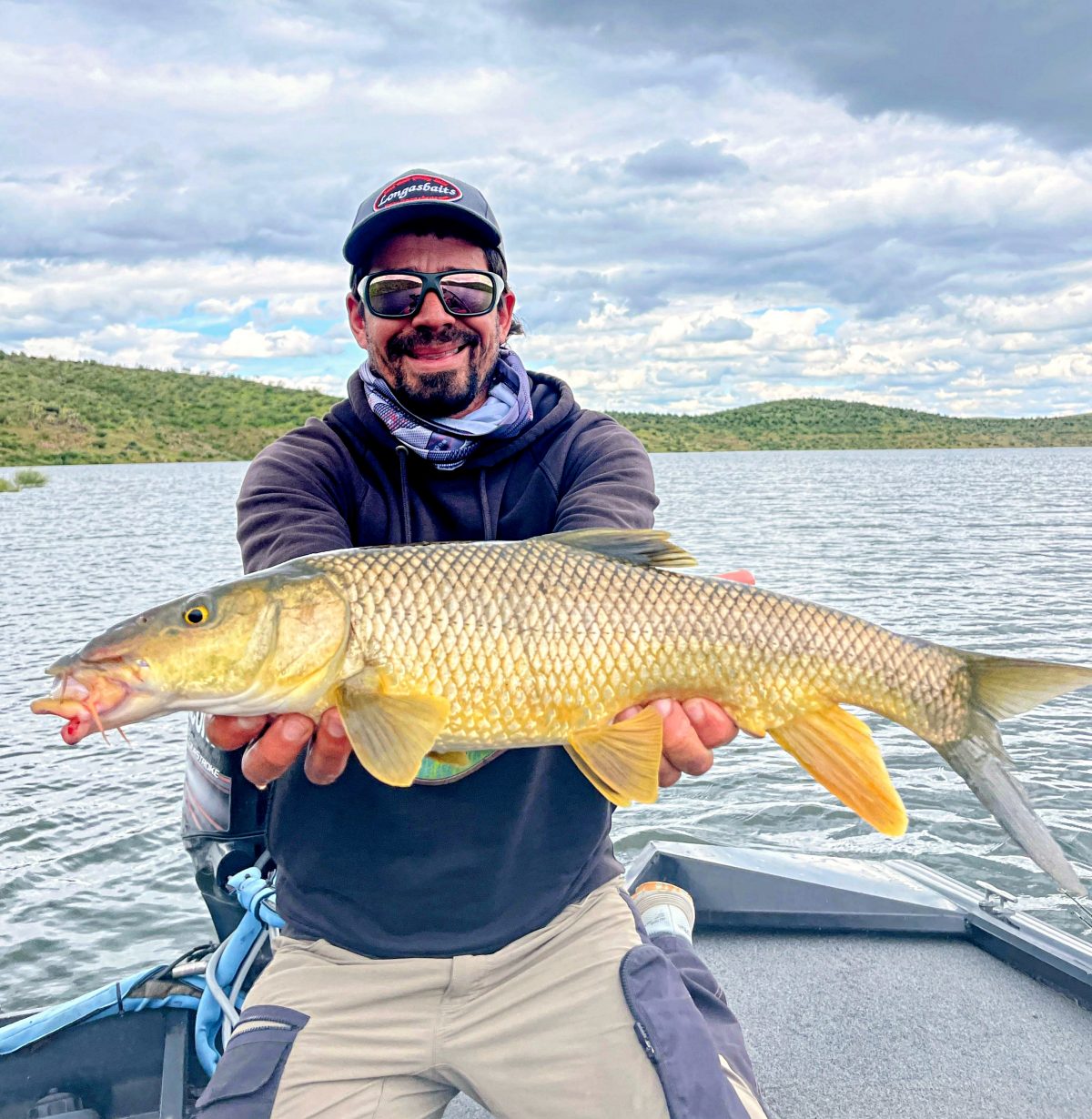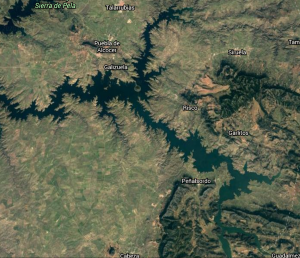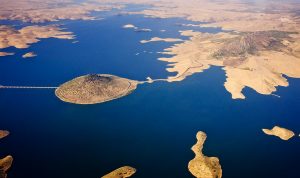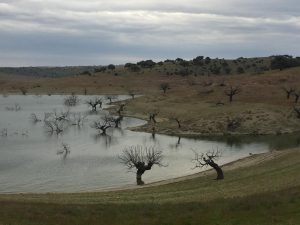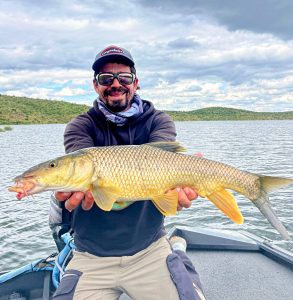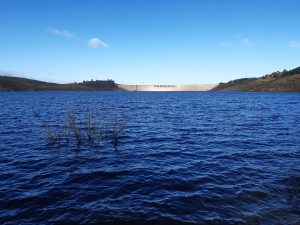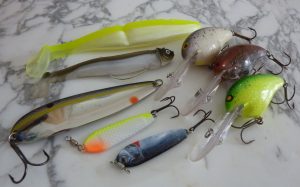
The world of fishing lures is very subjective… although there are always some top lures in certain circumstances. In this series of posts, I will include the best fishing lures for Extremadura, adapted to each reservoir. Besides there are so many factors on which our choice should depend: time of the year, weather conditions, water conditions, lake where we are, the area of the reservoir where we are… Even in the same day there can be a suitable lure for each time of the day, we can catch fish with 5 or 6 totally different lures in the same day. And here is the charm of fishing, if there were good or bad lures, and of course there are, we would all buy the best ones and that’s it.
We often get carried away with “brandism” and forget that the choice of the type of lure is often the key…
In this section I’m going to talk about types of lures: jerkbaits, crankbaits, vinyl worms… then each one who decides which model or brand he likes the most. I hope you have the best possible results for sport fishing in Extremadura. And if you want to maximise your chances, there’s always the interesting option of contracting a fishing guide
Top 10 lures
In each post in this section I will talk about the 4 lures that have worked best for me in each reservoir. However, here I am going to mention the 10 lures that have worked best for me when fishing for predators in general Extremadura.
1. Stickbait
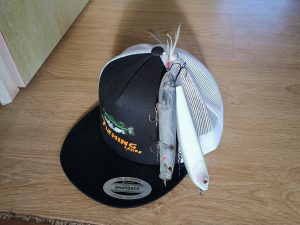
Essential lure always, but even more since the arrival of the bleak. We have 2 types of walkers (also called stickbaits), some noisier and others more discreet that we can use in different circumstances. The bigger models will serve us to provoke the pike and big black bass bites. In smaller sizes thereare especially interesting for barbels and medium sized black bass. The great advantage of this lure is that we can retrieve it quickly by “walking the dog”, but we can also make long stops.
2. Jerkbait
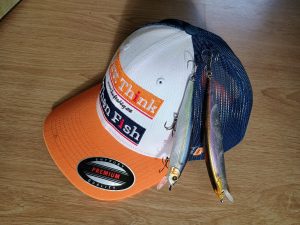
Fundamental lure in prespawn for black bass, pike and zander. There are 3 types: floating, sinking and suspending and we will alternate them according to the attitude of the fish.There are also models with a slightly longer blade if we want to go a little deeper. We can use it all year round, in bigger sizes in prespawn and more measured sizes in postspawn with black bass, pike and zander. When the barbels are aggressive, the small sizes between 7 and 10 cm work really well.
3. Crankbait
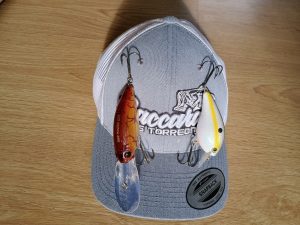
Off-road lure that can be used all year round with all predators. It is a very versatile lure and depending on the length of the blade it can go down from the most superficial layers up to 6 or 7 meters. Very useful when we want to “sweep” the shore and we don’t have very clear where the fish are. Besides, its versatility allows us to catch several species with it in the same day. We can use it very close to the bottom or in mid-water to search for suspending fish.
4. Swimbait
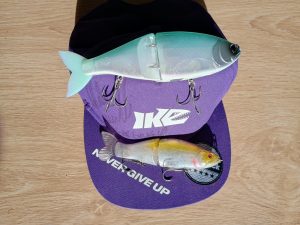
Selective lure that we will use mainly to look for record size black bass or for pike when they are near the shore. We can use moderate sizes (between 13 and 18 cm) but also really big swimbaits (between 20 and 30 cm). It all depends on the attitude of the fish and it is never too much to try them out, as they may have some surprises in store for us. Also, if we fish from the shore, they will be very useful for finding the fish, as they often follow without actually biting them, giving us clues as to where they are.
5. Spinnerbait, fishing lures for Extremadura
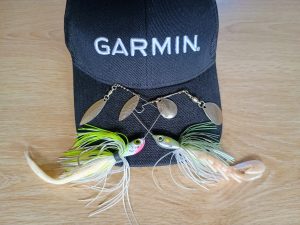
Another all-terrain lure that we can use at any time of the year, especially on windy days to locate fish. When the fish are active, we can retrieve it halfway through, but when they are not very busy, a slow rolling retrieve close to the bottom can give bites when other lures do not. It will work mainly with black bass, pike and zander. There are two types of blades: willow and colorado to work at greater or lesser depths respectively.
6. Chatterbait
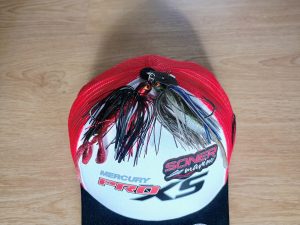
Lure similar to the spinnerbait that will allow us to cover a lot of water and very fast and that can be deadly when the fish are active. Like the spinner we can use it with all the predators, including the barbel. It has a different action from the spinner, emitting very strong vibrations and going deeper faster than the spinner bait. It can be used in less wind than the spinnerbait and is especially effective in algae areas.
7. Hollow frogs, fishing lures for Extremadura
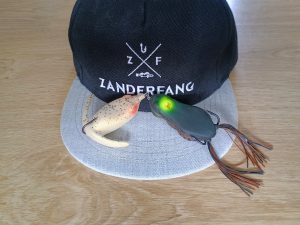
This lure is also usually selective and will allow us to move big fish, or to cast where others would not be able to work, in tangled areas. We will mainly use them with black bass, although in areas of algae or vegetation we can also use them with pike. With the latter, the ideal would be to use frogs made of a hard material because the pike’s teeth destroy rubber frogs. Their great strength is that they can be introduced in areas with a lot of cover, thus avoiding hooks to a large extent. Some frogs can be used in linear retrieve and others will work better with the rod tip.
8. Jig
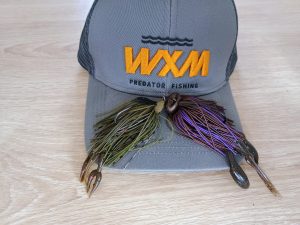
Fundamental lure in reservoirs with abundance of crawfish, very versatile and that we will be able to use at very different depths. There are lead and tungsten ones, the latter being denser, going deeper earlier and offering a more discreet profile. We can use it to “sweep” the bottom with football type heads or to penetrate the cover with sharper “pitching type” heads.
9. Shad, pikie or soft swimbait
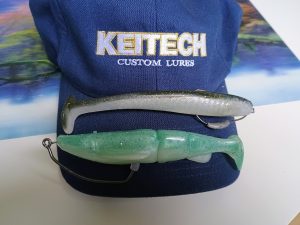
Although there are different nuances, in the end it is nothing more than a vinyl lure with a paddle tail. In large sizes a main lure for fishing pike and large black bass. We can use it with multiple rigs, from an unleaded rig to fish practically on the surface to with 30 or 40 gram leaded heads. In more moderate sizes it will work very well with barbels and zander, and we can also use it all year round.
10. Vinyls, fishing lures for Extremadura
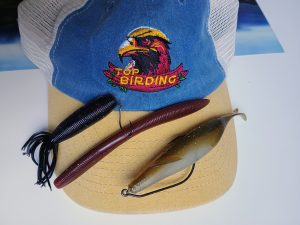
Crawfish, tubes, worms, creatures… There is an infinity of vinyl, each one of them adapted to different situations. Nowadays it is essential to take vinyls in our outings, to be able to deal with apathetic or very pressed fish. There are countless montages: unleaded texas, leaded texas, free rig, split shot, drop shot, shakey head, neko rig, damiki rig, carolina rig… And almost all of them are necessary under certain conditions.
Fishing lures for Extremadura… Miracles doesn’t exist!
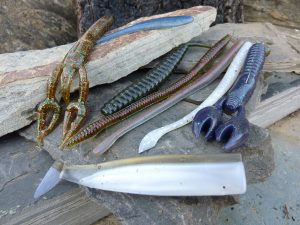
The reality is that there are no better or worse lures, but there are lures better or worse adapted to each moment, time, place… In this menu I will talk about the lures that work best, in very general lines for each reservoir, writing posts periodically. Of course, always based on personal experiences, both mine and my fishing partners, of which we can consider top lures. I hope you don’t blame me when you do “zero”… It happens to me very often!😂😂😂
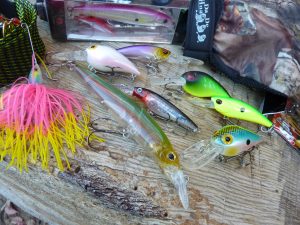
And I repeat again, not because I put in a post that in Alcántara they bite with “pikie” or in Orellana with “walker” are always going to be the best options, far from it… I simply want to give some basic notions of where to start to those who have not had the opportunity to fish in a particular lake. And perhaps also encourage you to try lures that you would not have tried in any reservoir… I hope you find it interesting!
Good fishing!

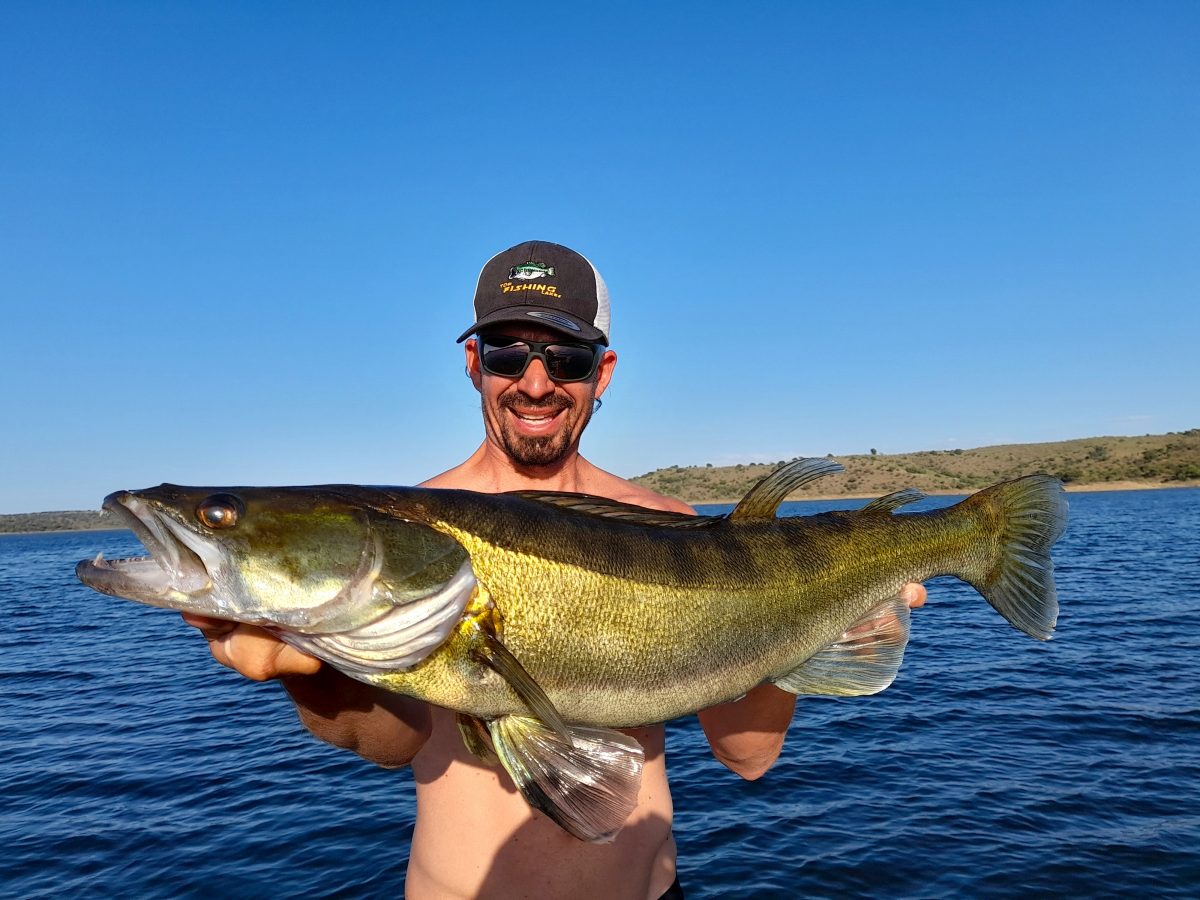
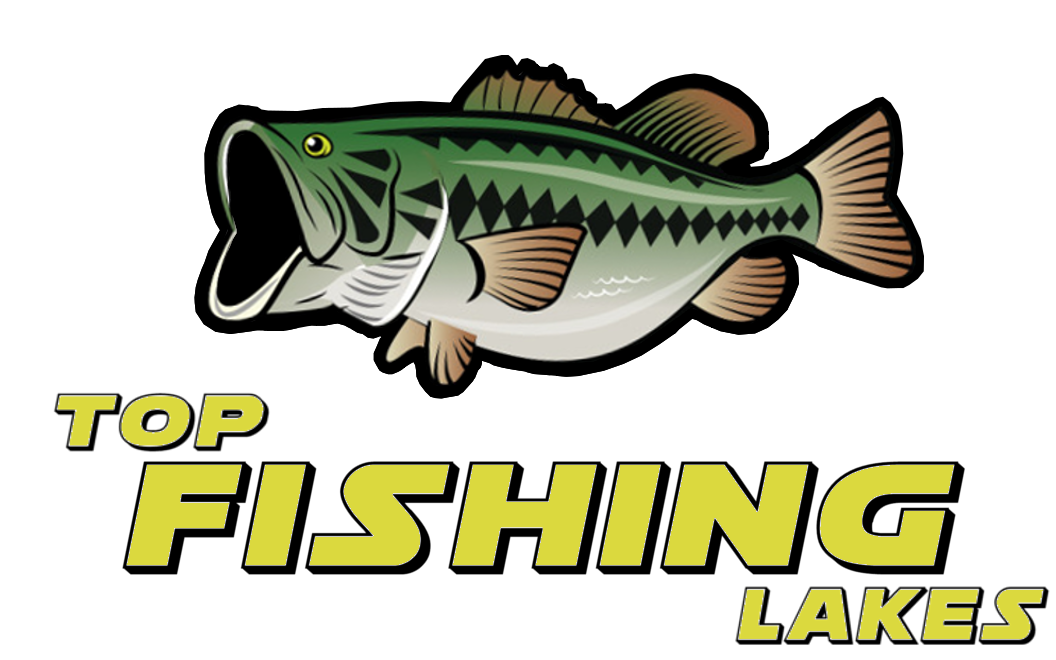


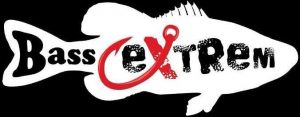

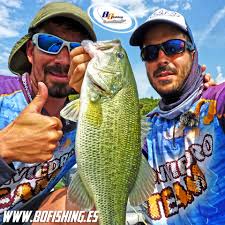
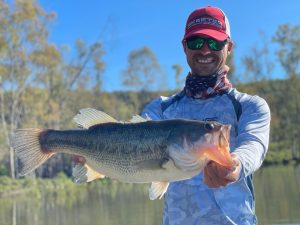

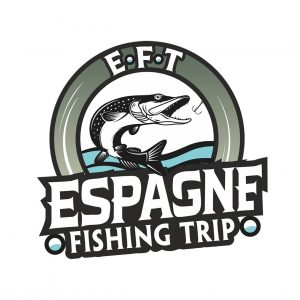

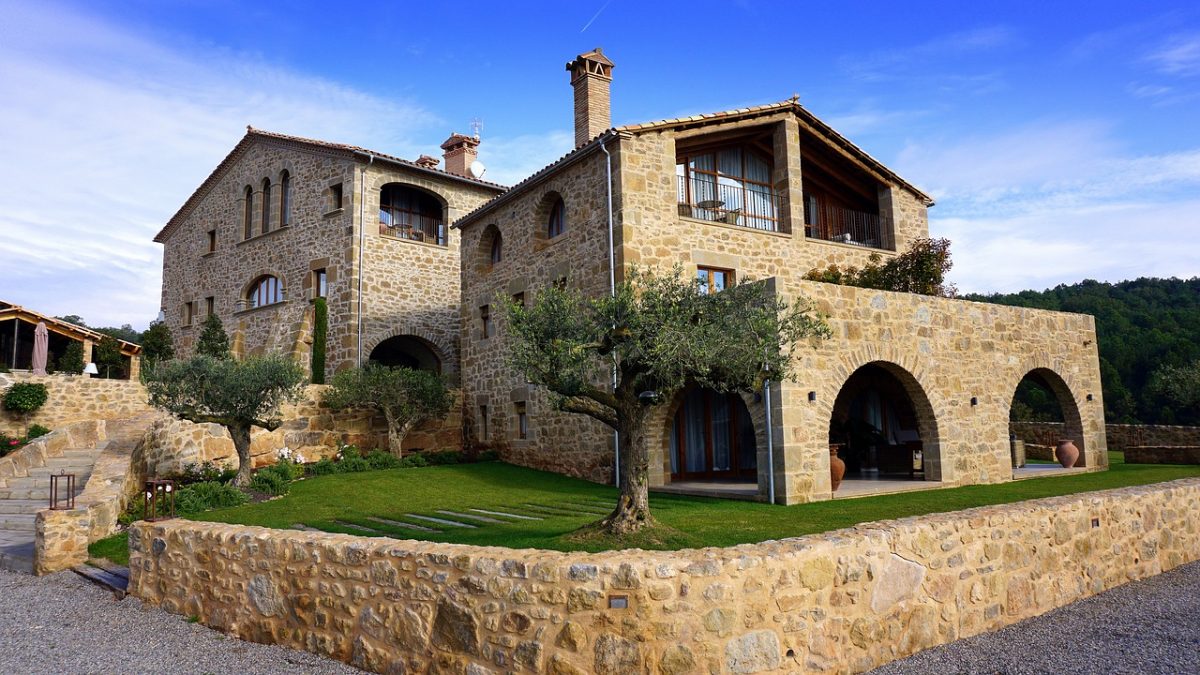
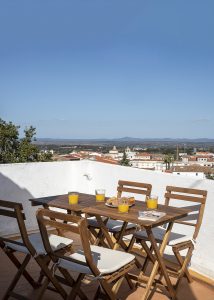 It consists of two properties located in the centre of Alburquerque, both equipped with smart TVs, air conditioning and free Wi-Fi.
It consists of two properties located in the centre of Alburquerque, both equipped with smart TVs, air conditioning and free Wi-Fi.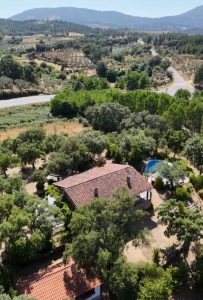
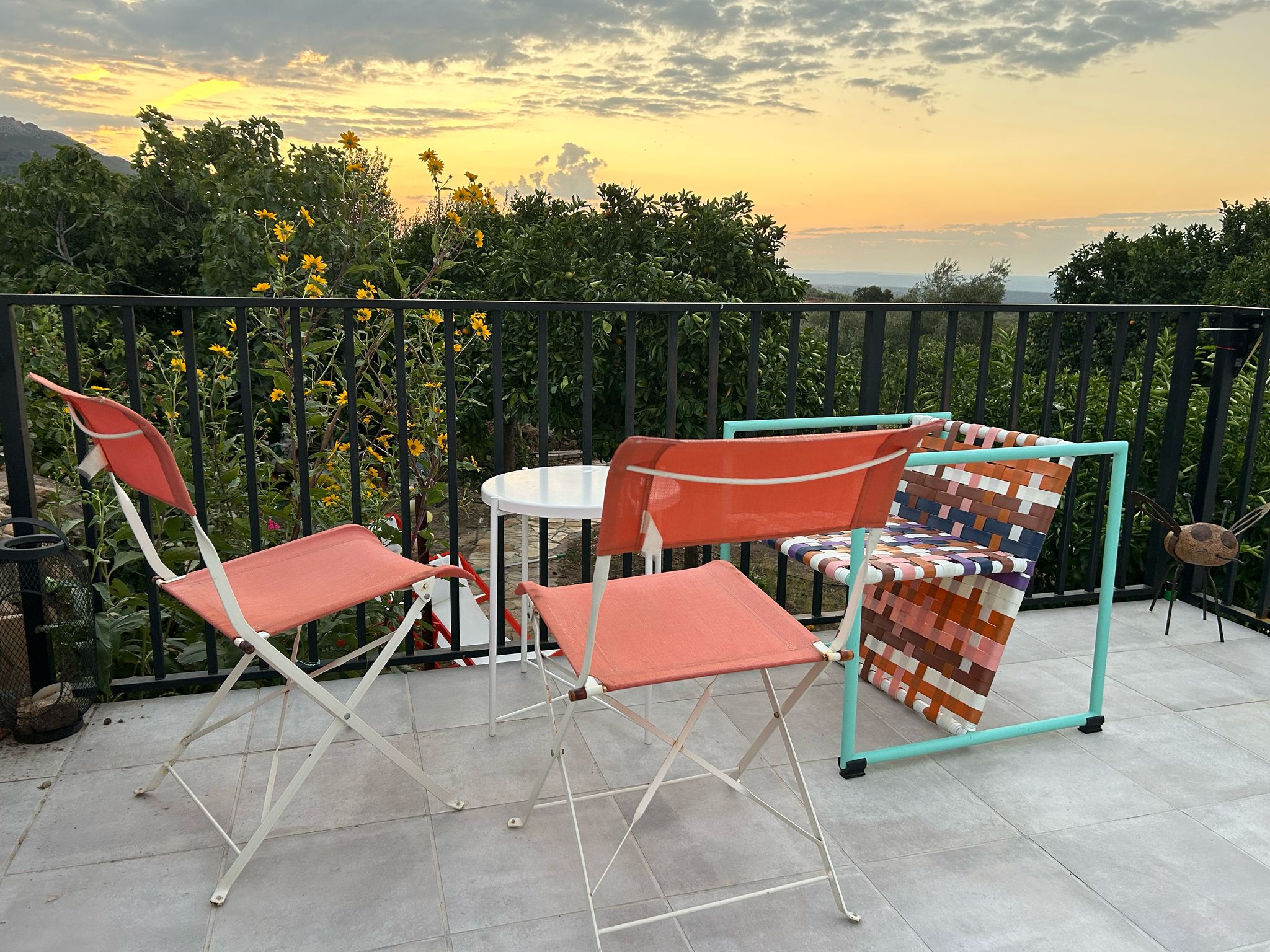


 Excellent flats in Lumbrales, one of the most important and central villages of the Arribes del Duero. Beautifully refurbished in 2024, you can choose between 4 different flats depending on the number of people.
Excellent flats in Lumbrales, one of the most important and central villages of the Arribes del Duero. Beautifully refurbished in 2024, you can choose between 4 different flats depending on the number of people.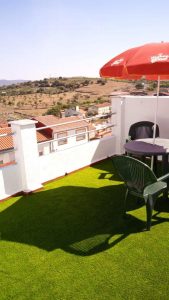 Flat with a spectacular terrace in La Fregeneda, excellently located in the heart of the Arribes del Duero. It has 3 bedrooms, a sofa bed and all amenities.
Flat with a spectacular terrace in La Fregeneda, excellently located in the heart of the Arribes del Duero. It has 3 bedrooms, a sofa bed and all amenities.